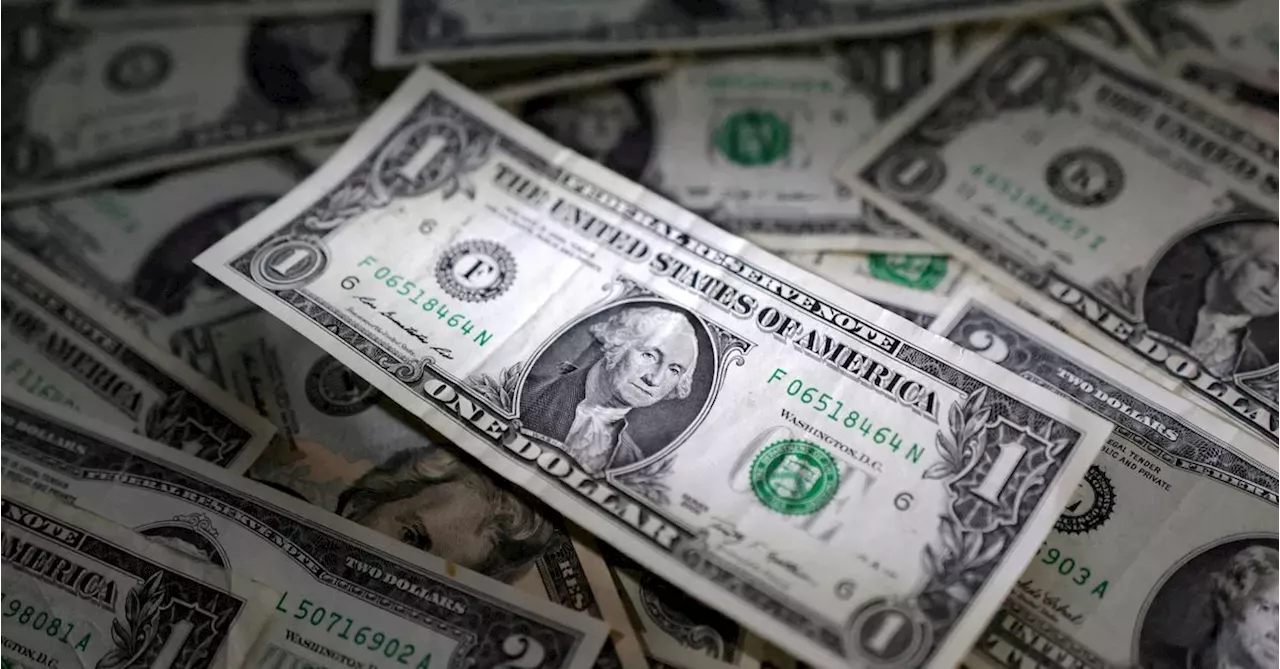Benchmark 10-year yields tumbled at the start of the week as investors reacted to the widening conflict in the Middle East andBut yields, which move inversely to bond prices, rebounded on Thursday, following a stronger-than-expected U.S. inflation report and sparse demand at the Treasury’s 30-year government bond auction. The 10-year yield on Thursday afternoon stood at about 4.7%, some 18 basis points from the 16-year highs touched last week.
Their remarks bolstered the case for investors' betting the central bank is close to pausing its hiking campaign. Credit market spreads have widened as investors demand a higher yield on riskier assets, such as corporate bonds. Real yields, which show what investors stand to earn on Treasuries when inflation is stripped out, stand near 15-year highs, while the Goldman Sachs financial conditions index was recently at its highest level in nearly a year.Fed funds futures show investors pricing in a roughly 15% chance of the central bank's raising rates next month, from around 27% last week.
“Usually you would have a very violent price action in risk assets, a sharp widening of credit spreads, a big ramp-up in volatility … or we have learned something about the fundamentals in the economy,” said Al-Hussainy. "But nothing like that has happened."
